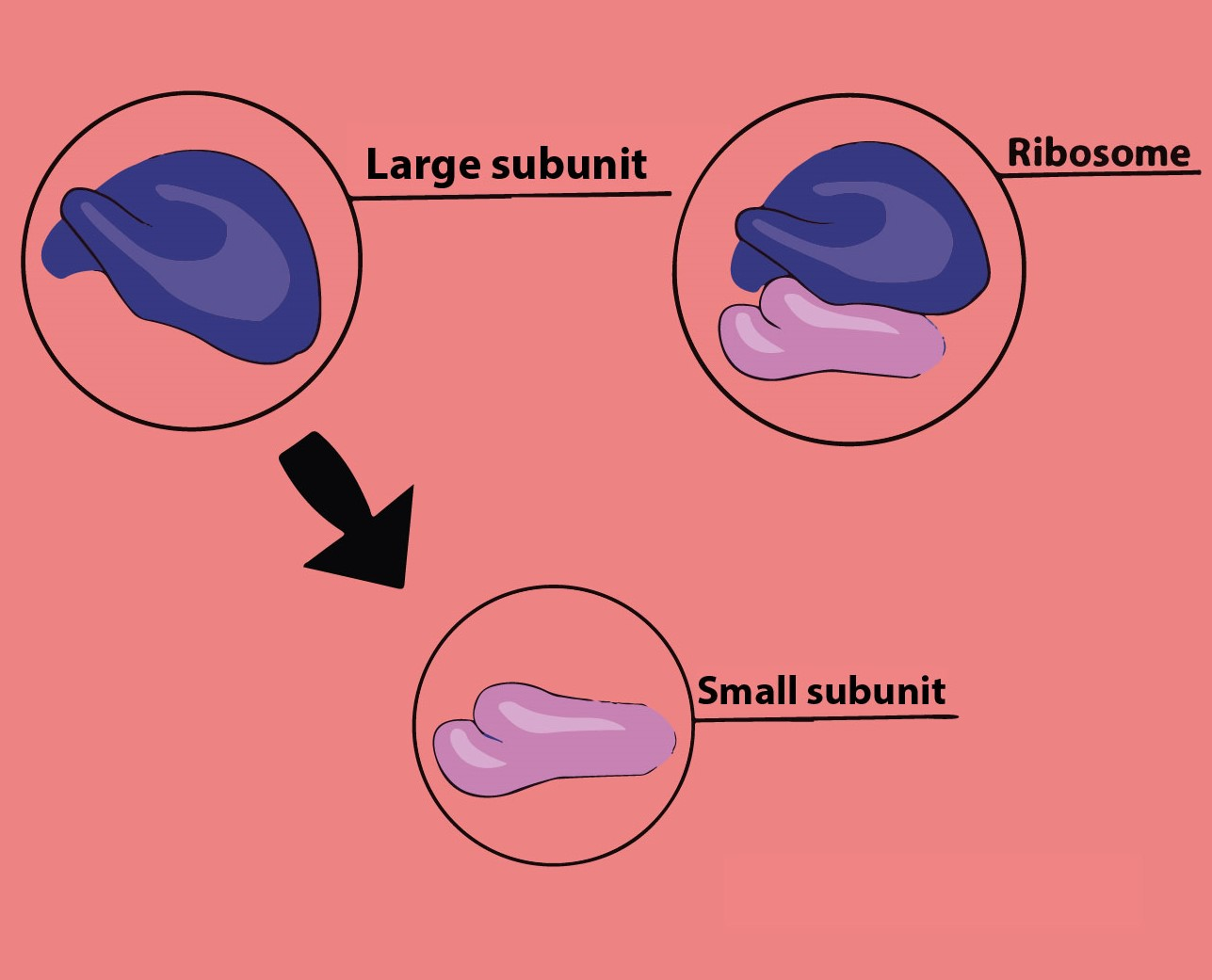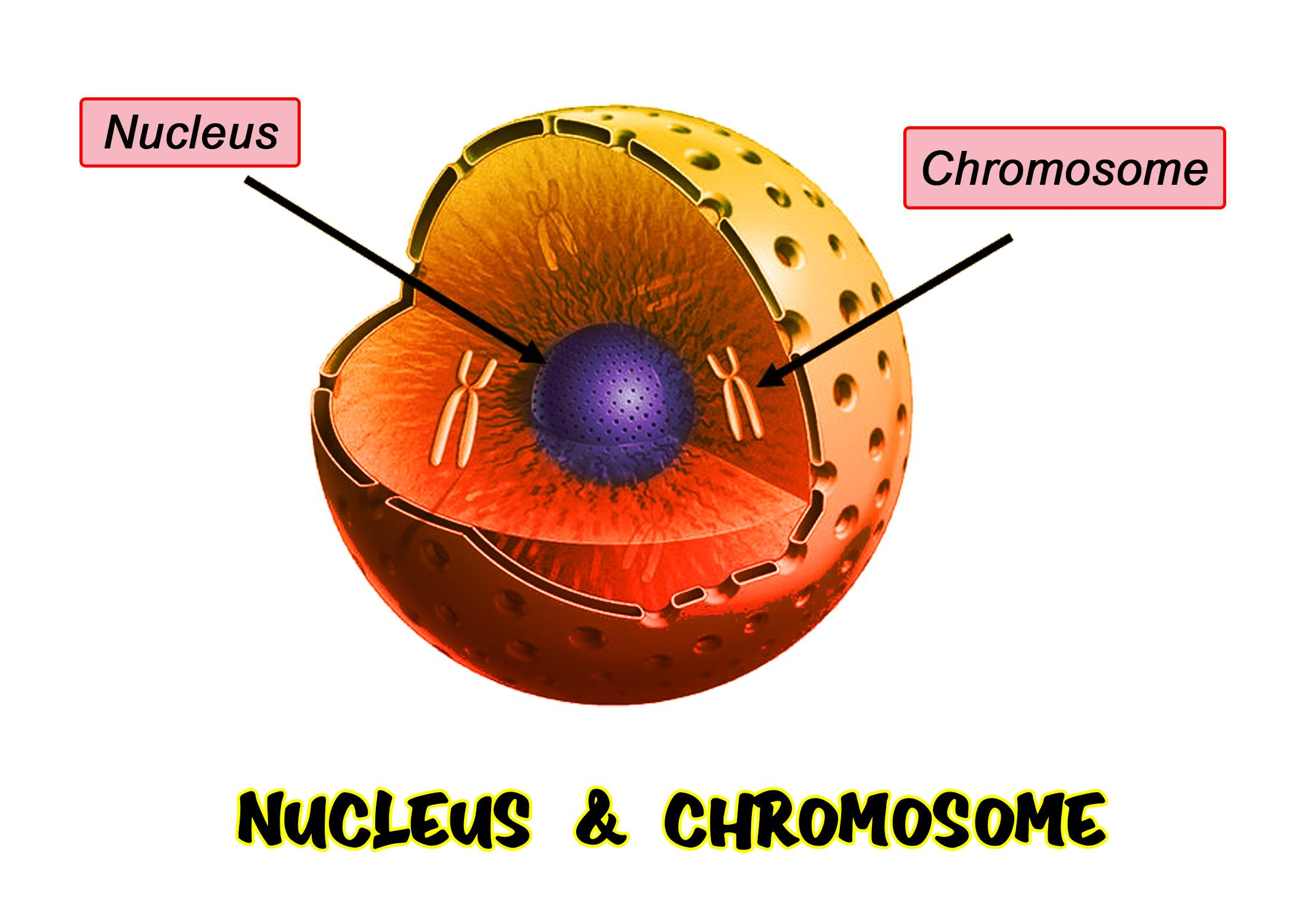
Pick the odd one out giving suitable reasons
A) Nucleus
B) Nucleolus
C) Chromosomes
D) Ribosomes
Answer
453.3k+ views
Hint: It involves Proteins and ribonucleic acid in equal amounts and consists of two sections known as subunits. The mRNA is included in a smaller subunit and decodes it while amino acids are included in the bigger subunit. This organelle is present outside the nuclear membrane.
Complete answer:
Nucleus -The membrane-bound organelles containing the genetic material that is DNA of eukaryotic organisms is known as the nucleus. By facilitating the transcription and application processes, it maintains the integrity of the cell. It covers the tenth part of the entire cell volume. Hence, it is the largest organelle inside the cell.


Nucleolus - the structure present in the nucleus of eukaryotic cells. It performs the assembling of ribosomes and adjusting the transfer of RNA and sensors cellular stress. It also forms the specific chromosome region composed of RNA and proteins.
Chromosome - it is located inside the nucleus of animal and plant cells and is a thread-like structure. It is made up of molecules of DNA and proteins which is a transfer from parents to offspring. The specific instructions that make a type of living creature unique are present in the DNA.
So, Nucleolus and Chromosomes are the part of Nucleus.
Ribosomes - found in the cytosol of a cell in both eukaryotic cells and prokaryotic cells. It is also found on the surface of the endoplasmic reticulum as well as in the matrix of the mitochondria. Ribosomes perform the protein synthesis in each location which serves a different role in the cell.
- It consists of RNA and proteins which function to synthesize proteins that are needed for many cellular functions mainly repairing damage or directing chemical processes.
Hence, Ribosomes are the odd one because it is not a part of the nucleus.
So, the correct answer is, ”D) Ribosomes”.
Note:
- Ribosomes perform the biological protein synthesis found within all living cells. It is commonly found in the cytosol of a cell on the endoplasmic reticulum or mRNA and in the matrix of the mitochondria.
- The most prominent organelle in a cell is known as the nucleus. It directs the synthesis of ribosomes and proteins. It also houses the cell's DNA.
Complete answer:
Nucleus -The membrane-bound organelles containing the genetic material that is DNA of eukaryotic organisms is known as the nucleus. By facilitating the transcription and application processes, it maintains the integrity of the cell. It covers the tenth part of the entire cell volume. Hence, it is the largest organelle inside the cell.


Nucleolus - the structure present in the nucleus of eukaryotic cells. It performs the assembling of ribosomes and adjusting the transfer of RNA and sensors cellular stress. It also forms the specific chromosome region composed of RNA and proteins.
Chromosome - it is located inside the nucleus of animal and plant cells and is a thread-like structure. It is made up of molecules of DNA and proteins which is a transfer from parents to offspring. The specific instructions that make a type of living creature unique are present in the DNA.
So, Nucleolus and Chromosomes are the part of Nucleus.
Ribosomes - found in the cytosol of a cell in both eukaryotic cells and prokaryotic cells. It is also found on the surface of the endoplasmic reticulum as well as in the matrix of the mitochondria. Ribosomes perform the protein synthesis in each location which serves a different role in the cell.
- It consists of RNA and proteins which function to synthesize proteins that are needed for many cellular functions mainly repairing damage or directing chemical processes.
Hence, Ribosomes are the odd one because it is not a part of the nucleus.
So, the correct answer is, ”D) Ribosomes”.
Note:
- Ribosomes perform the biological protein synthesis found within all living cells. It is commonly found in the cytosol of a cell on the endoplasmic reticulum or mRNA and in the matrix of the mitochondria.
- The most prominent organelle in a cell is known as the nucleus. It directs the synthesis of ribosomes and proteins. It also houses the cell's DNA.
Recently Updated Pages
Can anyone list 10 advantages and disadvantages of friction

What are the Components of Financial System?

How do you arrange NH4 + BF3 H2O C2H2 in increasing class 11 chemistry CBSE

Is H mCT and q mCT the same thing If so which is more class 11 chemistry CBSE

What are the possible quantum number for the last outermost class 11 chemistry CBSE

Is C2 paramagnetic or diamagnetic class 11 chemistry CBSE

Trending doubts
The correct order of melting point of 14th group elements class 11 chemistry CBSE

One Metric ton is equal to kg A 10000 B 1000 C 100 class 11 physics CBSE

What is the specific heat capacity of ice water and class 11 physics CBSE

Proton was discovered by A Thomson B Rutherford C Chadwick class 11 chemistry CBSE

Why does niobium have a d4s1 electron configuration class 11 chemistry CBSE

Describe the blood vascular system of Herdmania class 11 biology CBSE




